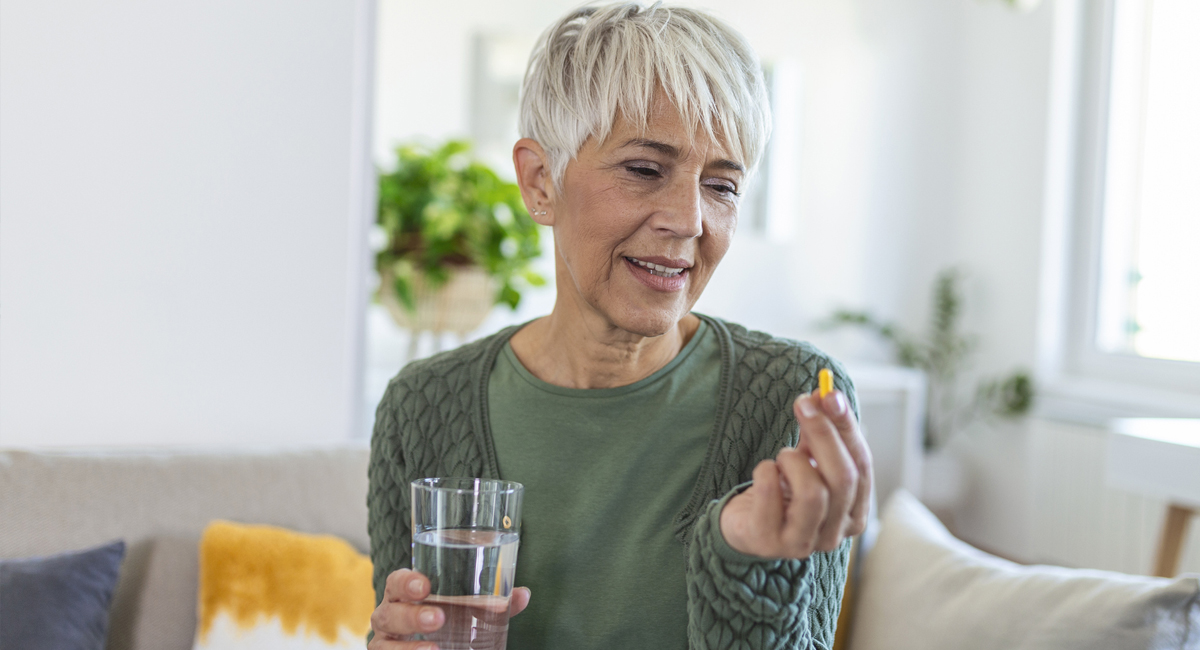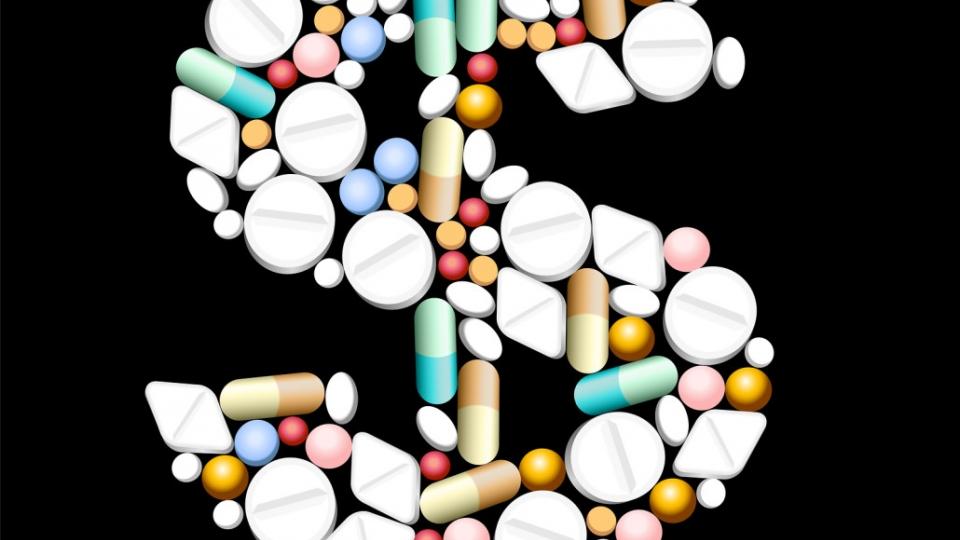According to traditional Chinese medicine, the energy forces of nature exist in human beings, revealing themselves through our bodies, minds, emotions and ‘spirit.’
In the Christian West, the laying on of hands is still considered to be a formal method of invoking the Holy Spirit (a higher power) for baptisms, confirmations, blessings and ordination. Christian sects such as Southern Baptists also use the laying on of hands for faith healing. Today, energy medicine is a major category of complementary and alternative medicine.
The ancient understanding that human and universal systems are linked at the quantum (sub-atomic) energy level is being explored scientifically, and transmission methods of subtle energy healing, such as the time-honored tradition of laying on of hands, are now referred to in scientific circles as ‘biofield therapies’ – a term coined in 1992 during the National Institutes of Health Conference to replace older terms such as ‘aura.’
Biofield therapies themselves are noninvasive healing modalities where the practitioner interacts with the living energy field of the client to stimulate a healing response. The biofield is defined as “a massless field, not necessarily electromagnetic, that surrounds and permeates living bodies and affects the body.” This definition is frequently expanded to include information transfer that contributes to a person’s wellbeing, whether at the physical, mental, emotional or spiritual level. Currently, the best-studied biofield therapies include Therapeutic Touch, Healing Touch, Reiki and Qigong (pronounced chee-gong).
In 2003, a systematic review of 90 clinical and laboratory studies examining hands-on and distance healing revealed that 70.5 percent of the clinical studies reported positive outcomes, as did 62 percent of the laboratory studies.1
As the cost of conventional healthcare continues to rise, along with the number of side-effects from pharmaceuticals, specialization and the increasing sense of dehumanization in modern medicine, a growing number of people are embracing energy healing. According to data from the 2012 National Health Interview Survey, almost four million American adults have gone to an energy healing therapist.2 And some people living with non-communicable diseases have integrated energy healing into their self-management strategy.3
So far, biofield therapies have demonstrated effects including the reduction of pain intensity in patients, including those suffering from cancer, decreasing anxiety in hospital patients and reducing negative symptoms of dementia.4
Spiritism – a widespread religion in Brazil – involves therapies that have been used by millions worldwide, including prayer, laying on of hands, fluidotherapy (the use of magnetized water), charity/volunteering, spiritual education and something called disobsession, or spirit release therapy. A scientific review of the literature on spiritist therapies found evidence that laying on of hands and prayer were linked to positive results.5
What exactly is going on with biofield healing, no one knows. The earliest and most well-known approach to revealing the human energy field is Kirlian photography, which supposedly captures the human aura on film by exposing insulated human tissue to an electrical current. The modern-day version of this, developed by Russian physicist Konstantin Korotkov, professor at the Russian National University of Informational Technology, Mechanics and Optics, uses a gas discharge visualization (GDV) device to capture the energy emitted by the body. Using software, this data can be converted into an image of a person’s biofield, which may reflect the state of his or her health.6
This kind of measurement has been widely accepted in Russia and also the West. For a decade, the GDV device has been used as a diagnostic tool, inside and outside Russia; even the National Institutes of Health has provided universities with large grants to study the biofield using Korotkov’s equipment.
This no longer is as space-age as it seems. Numerous biophysical researchers have measured low light impulses (also called biophotonic emission) in cells and biological tissue.7 And electrodermal screening has been used to assess healthy energy flow in the human body by measuring the electrical conductivity of the skin through the acupuncture meridian system.8
Studies have also detected electric field surges and magnetic field oscillations near energy healers’ bodies. This discovery has led some researchers to speculate that variations in the electromagnetic fields of the healer and patient might be part of the energy-healing equation. In one study, low-frequency magnetic activity was measured with gaussmeters (a device that measures the strength of magnetic fields) during an energy healing session. The magnetic field strength was “significantly greater” during the healing session than before it, and the increased field strength lasted even after the session was over.9
Understood or not, energy healing has been around for as long as human civilization, and it is now back in style. The following is an overview of several of the most popular forms of biofield healing: Therapeutic Touch, Healing Touch, Reiki, Qigong and another fast-growing healing methodology, Reconnective Healing.
Therapeutic Touch, Healing Touch and Reiki, in particular, are widely accepted complementary medicine techniques practiced in thousands of hospitals, medical and healing centers worldwide, but the others are also gaining attention and a growing body of evidence in support of their effectiveness.
THERAPEUTIC TOUCH
What it is
Therapeutic Touch is a biofield therapy that incorporates the intentional use of universal energy to promote balance and wellbeing in people of all ages. It was developed in the 1970s by Delores Krieger, PhD, RN, professor emeritus of nursing at New York University, and Dora Kunz, a well-known energy healer. Currently taught in 107 countries, Therapeutic Touch creates a therapist-healing partner relationship through which the partners co-create energetic balancing/rebalancing for healing.
According to Krieger herself (she is now 96), Therapeutic Touch is effective in helping improve dysfunction of the
autonomic nervous system, as well as:
• conditions involving the lymphatic and circulatory systems
• bone fractures
• rheumatoid arthritis
• conditions involving the thyroid, adrenals or ovaries
• psychiatric disorders such as bipolar disorder and catatonia
• people going through final transition, regardless of the cause of death
• strengthening premature babies
“In the end, self-healing is really where the answer lies,” says Krieger. “And Therapeutic Touch aids the person to do just that.”
What the studies show
Therapeutic Touch increases levels of hemoglobin, the protein in red blood cells responsible for carrying oxygen from the lungs to the body’s tissues and cleansing them of carbon dioxide, which it carries back to the lungs. It also significantly increases hematocrit – the percentage of red blood cells in the bloodstream.1 Therapeutic Touch was shown in one study to reduce fatigue and pain in cancer patients undergoing chemo.2 It also has a positive impact on people with dementia, reducing symptoms of restlessness and inappropriate vocal outbursts.3
What to expect
The client remains clothed and may either lie down on a treatment table or remain sitting. Therapists bring themselves into a calm state of consciousness before they assess the client’s energy field, then they place their hands on or near the client’s body with the intention to help activate the person’s own healing potential to bring about physical, mental, emotional and spiritual wellbeing, as well as help mitigate whatever illness and symptoms the person may be presenting.
Therapeutic Touch for cancer
Shannon Quackenbush, 31, a registered nurse from Halfmoon, New York, was diagnosed with stage 4 brain cancer (glioblastoma) in June 2015. After surgery, she had trouble speaking fluently and processing what was going on around her. She took chemotherapy in pill form for five days every month for a year and had six weeks of radiation treatment at the maximum dose.
Even with a second surgery, neurosurgeons were not able to remove the entire tumor.
She was on her second round of chemotherapy and had already received her lifetime maximum dose of radiation. At this point she decided to try Therapeutic Touch to help with her healing.
Shannon has been treated once a week with TT for the last 11 months. “I’m happy to say I am still here and healthier than I’ve ever been in my whole life,” she says. “Since we started doing TT there has been no growth in the remaining tumor. Mentally I feel stronger. And after a session I feel happy, centered, and ready for a nap.”
HEALING TOUCH
What it is
Healing Touch is a biofield therapy used to stimulate health and healing by restoring balance and harmony to the human energy system, assisting the client to self-heal.
Developed by Janet Mentgen, a nurse from Colorado and an early student of Delores Krieger, Healing Touch practitioners consciously center themselves in their hearts and use their hands to transmit energy to direct the client’s energy system to heal specific ailments and facilitate overall physical, emotional, mental and spiritual wellbeing.
“A lot of time and careful attention is spent teaching our practitioners how to create sacred space so that the client feels safe and knows they can trust their practitioner,” says Cynthia Hutcheson, RN, DNSc, MSN, program director of the Healing Touch practitioner training program. “If a person feels safe, they open up to a relaxation response. They open up to the inner wisdom of their higher selves or their understanding of higher power. They make that necessary connection.”
What the studies show
Studies show that Healing Touch is associated with both physiological and psychological relaxation.1 It has been shown to reduce pain, stress and fatigue in both adult and pediatric cancer patients.2 Healing Touch has also been shown to lessen anxiety and shorten the length of hospital stays in patients undergoing coronary artery bypass surgery.3
What to expect
Healing Touch sessions are conducted fully clothed. The client lies down or sits in a chair. Full-body treatments typically last anywhere from 20 to 60 minutes, while localized treatment for a specific injury can take as little as five to 15 minutes. “Healing is always a two-way street,” Hutchison says. “You can be the best practitioner and have all those credentials, but if the client is not receptive or is resistant at some level or super skeptical, you might not see a result. And I think that applies to holistic and mainstream healing modalities as well.”
REIKI
What it is
Reiki is a Japanese healing art that has been around for thousands of years in various forms. In 1922, a man called Usui Sensei had a mystical experience in which he was given reiki energy, and went on to develop the style of energy therapy known as Usui Reiki Ryoho, or simply Reiki, that was later brought to the United States. The word itself comes from the words ‘rei,’ which can be defined as ‘ghost’ or ‘the Higher Intelligence that guides the creation and functioning of the universe,’ and ‘ki’ which means ‘vapor’ as well as ‘the non-physical energy that animates all living things.’
Practitioners do not ‘learn’ Reiki. They are initiated into its practice and given the energy by a Reiki Master during an attunement process that opens the crown, heart and palm chakras (major energy centers of the body), creating a special link between the student and the Reiki source. According to William Lee Rand, senior Reiki Master/Teacher and President of the International Center for Reiki Training (ICRT), the life force (ki) flows within the physical body through pathways called chakras, meridians and nadis – or energy pathways, and is responsive to thoughts and feelings.
Ki becomes disrupted when we accept (either consciously or unconsciously) negative thoughts or feelings about ourselves, causing a disruption in the flow of life force, thus diminishing the vital function of the organs and cells of the physical body.
“Reiki heals by flowing through the affected parts of the energy field and charging them with positive energy,” says Rand. “It raises the vibratory level of the energy field in and around the physical body where the negative thoughts and feelings are atta
ched. This causes the negative energy to break apart and fall away. In so doing, Reiki clears, straightens and heals the energy pathways, thus allowing the life force to flow in a healthy and natural way.”
What the studies show
Autonomic nervous system changes have been recorded during Reiki treatments, along with statistically significant decreases in heart rate and diastolic blood pressure.1 Individuals with mild cognitive impairment and mild Alzheimer’s disease have shown improvements in mental function and memory after Reiki treatments, along with a decrease in behavioral problems.2
Reiki has also proven to improve heart rate homeostasis in laboratory rats.3 Since animals are considered relatively immune from the factors thought to cause the placebo effect in humans, this finding adds further scientific credibility to the claims that Reiki is useful for reducing stress in humans.3
What to expect
Reiki sessions are conducted with the client fully clothed, usually lying down, but sometimes sitting comfortably. Sessions usually last an hour, but may go as long as 90 minutes. The Reiki practitioner may lightly touch the body, with standard hand placements beginning at the head and feet, as well as work a few inches above the body.
QIGONG
What it is
Qigong is a highly prophylactic, self-empowering martial art-based system of health and healing. Its documented history in China goes back approximately 2,500 years. Qigong (also spelled Ch’i Kung) was originally called nei gong (inner work) or dao yin (guiding energy). Today it’s also often referred to as yang sheng, or ‘nurturing life.’
Qigong uses breathing techniques and slow deliberate movements along with breath work and meditation to cleanse, strengthen and improve the circulation of life energy (qi) in the body and mind. It also trains the practitioner in how to control stress and stress symptoms such as high blood pressure. As a martial art, it improves overall body strength, coordination, balance and stamina. As a meditative practice, it is designed to lead to deep self-awareness and inner peace.
What the studies show
Qigong has anti-tumor effects, which appear to be derived from its ability to change the function of two key proteins, Akt and NF-kappa B, that control gene expression in cells. It encourages apoptosis (programmed cell death) in prostate cancer cells,1 and was shown to stimulate cell death and inhibit the migration and invasion of some types of breast cancer cells by suppressing Akt/NF-kB signaling.2 It is an effective method for reducing hypertension, even outperforming standard antihypertensive drugs.3 In people with Parkinson’s disease, Qigong exercises also reduce blood levels of TNF, a marker of inflammation, and improve sleep quality.4
What to expect
Qigong involves a series of movements and breathing exercises, which are usually practiced alone. It is slow and gentle (similar to Tai Chi) and can be done by people of all ages. It requires a teacher, time and dedicated practice.
Reconnective Healing
What it is
Reconnective Healing, a hands-off form of healing developed by former chiropractor Dr Eric Pearl, has been taught to over 90,000 people around the world in 70 different countries. Reconnective Healing doesn’t specifically ‘treat’ anything. Practitioners of Reconnective Healing claim to become entrained with a certain bandwidth of frequencies that allow the client to marshal all of their own mechanisms for self-healing.
What the studies show
One study evaluating the range of motion of the arm demonstrated that among five treatment groups, (physical therapy, Reiki, Reconnnective Healing, sham healing, and no treatment), range of motion increased significantly more in patients treated with Reconnective Healing than those treated with any other approach, although Reconnective Healing did not show an improvement over other techniques for pain reduction. 1
Nevertheless, a review of five studies examining the scientific evidence of the positive effects of Reconnective Healing found that Reconnective Healing not only stimulated the autonomic nervous system, assisting with range of motion, but also pain reduction in patients with shoulder problems. It also revealed that exposure to Reconnective Healing, whether as a practitioner or patient, increases arousal of the autonomic nervous system, and when Reconnective Healing was given to a group, the autonomic nervous system responses of individuals in the group were similar, indicating some sort of resonant energy effect.2
What to expect
Most Reconnective Healing sessions last 30 minutes and take place in a relaxed atmosphere, with the client lying on their back on a massage table, fully clothed. Clients report a wide variety of sensations including tingling, waves of energy, warmth or coolness, as well as hearing sounds, seeing colors and experiencing rapid eye movements. Clients are advised to simply be present and allow the body to do what it needs to do in order to self-heal.
Reconnective Healing for arthritis and fibromyalgia
Collette Bailey, 58, from Williams, Arizona, was diagnosed with schizophrenia at age 15, and later, as an adult, with rheumatoid arthritis, lupus, fibromyalgia, migraines, severe digestive disorders and ulcers. By age 55, she was on 21 different kinds of pharmaceutical drugs.
“In September 2014, I decided to get well or die trying,” she says. Tossing all but three of her medications in the trash, she began a healing journey, learning EFT (Emotional Freedom Technique, more commonly known as ‘tapping’) and getting treatments from a chiropractor and massage therapist before seeing Giampaolo Lomeo, a certified Reconnective Healing therapist, in Sedona.
“After my first healing all I knew was I was different,” she says.
“After the second healing I noticed I wasn’t in pain anymore, except a twinge here and there. I could move again! I could think clearer. I was more aware and, by golly, I was happy!”
RESOURCES:
www.therapeutictouch.org
www.healingtouchprogram.com
www.reiki.org
www.nqa.org
www.threetreessedona.com





